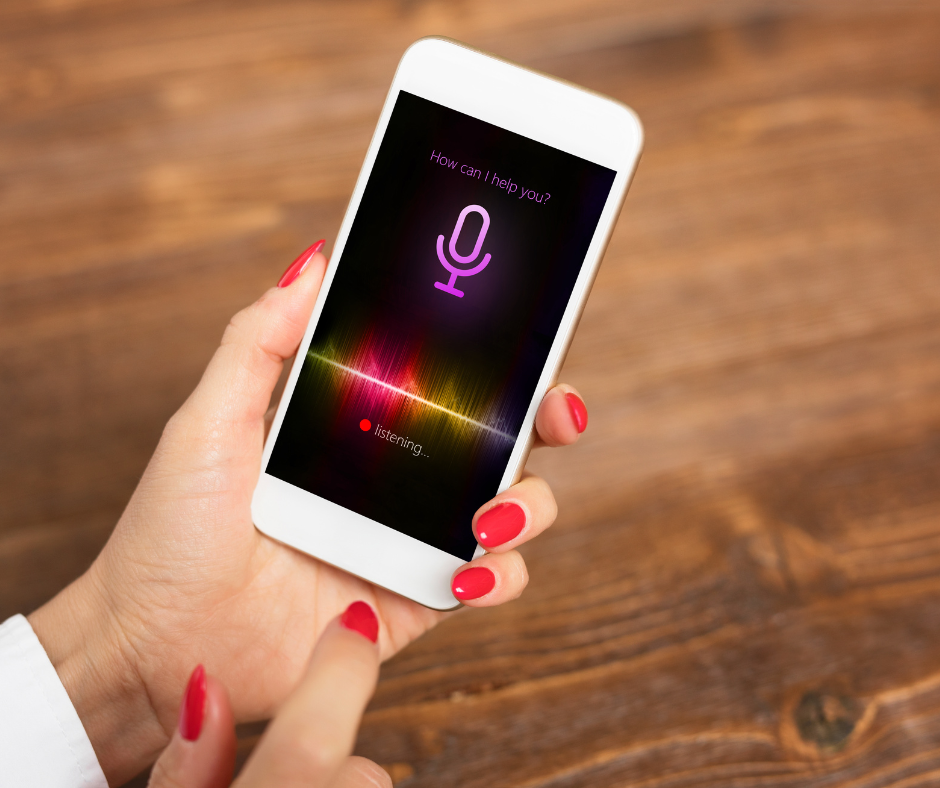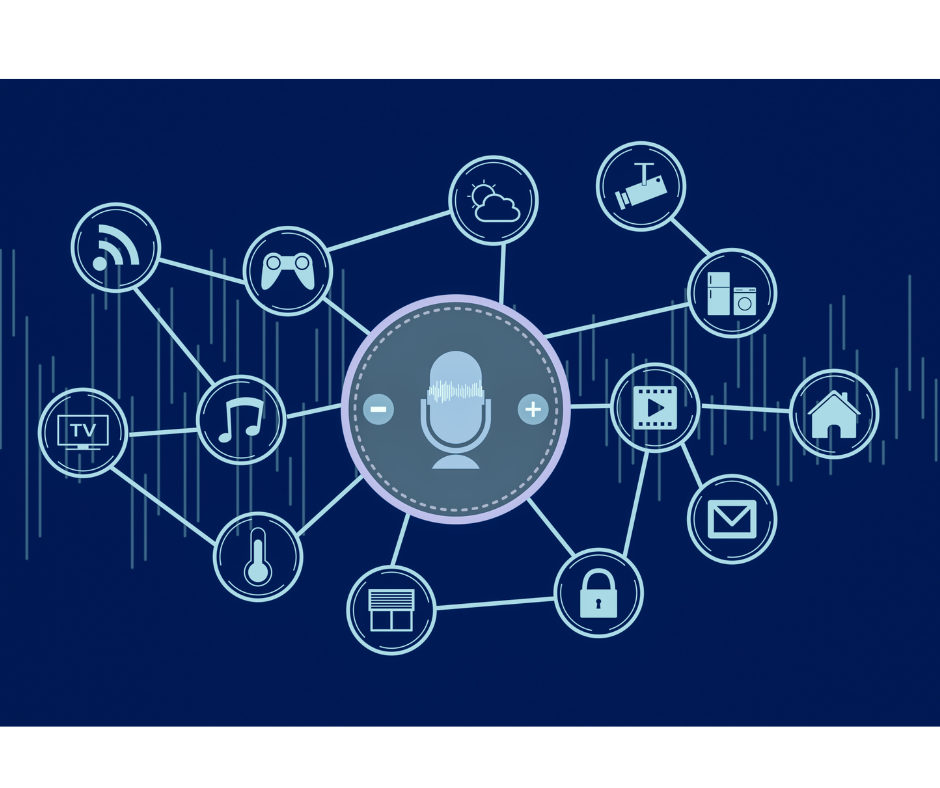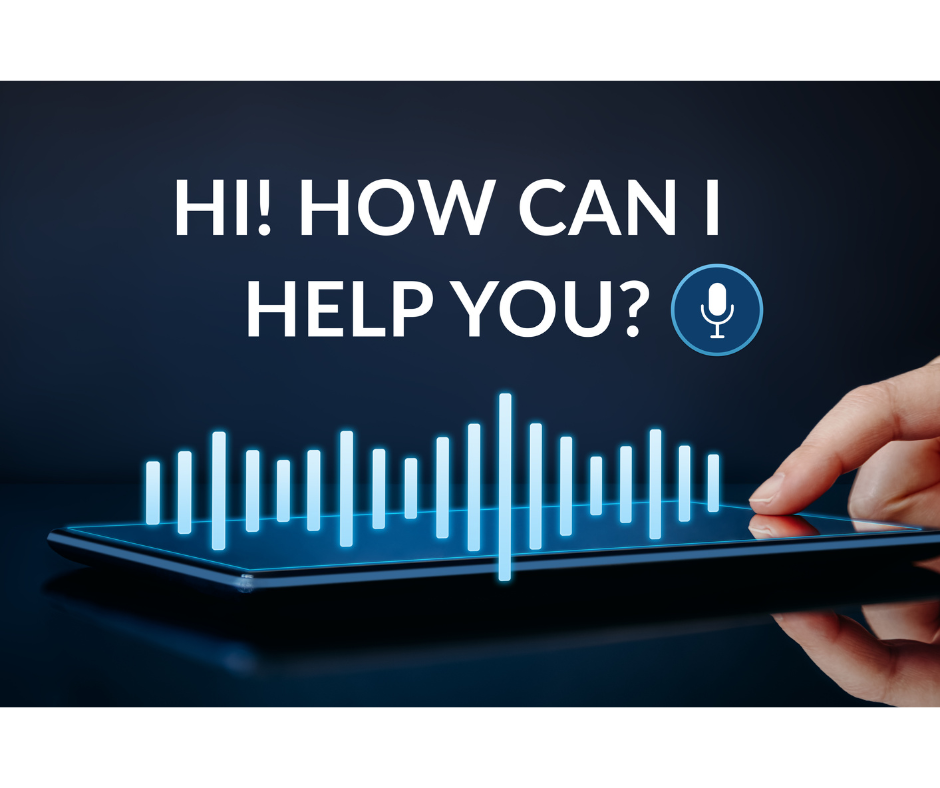
Converting spoken or audio recordings into written or text form is called transcription. This is done manually by listening to the audio and typing out what you hear or automatically by using speech recognition software. Transcription services can be used for many reasons, including creating written records of meetings, interviews, and other oral communication and creating subtitles for videos.
Journalists, researchers, business owners, students and educators, healthcare and legal professionals and marketers, and content creators are among the professionals who would use our transcription services.

WHICH IS MORE ACCURATE, HUMAN OR AI TRANSCRIPTION?
The audio quality, background noise level, clarity of the speaker’s voice, and the complexity of the language being spoken all influence transcription accuracy. Transcription software can generally transcribe clear, straightforward speech with high accuracy. However, it may require assistance with more complex language or speech difficult to hear or understand.
Several transcription software options are available that transcribe audio and video files using artificial intelligence and machine learning. In general, these tools are entirely accurate, especially when working with high-quality audio. Even the best transcription software, however, could be better, and it could make mistakes or produce transcriptions that could be clearer.
It’s also worth noting that transcription software is typically designed to transcribe spoken language, so it might struggle to transcribe music or other nonverbal sounds. In these cases, a human transcriber may be required to achieve the highest level of accuracy.
HUMAN VS AI: WHICH IS BETTER?
Which is better, humans or AI? They both have pros and cons. It just depends on your needs and finances. Scribie offers both services, and we have broken down the benefits of each.

Pros of AI transcription:
- Speed: AI transcription can transcribe audio or video files quickly.
- Cost: AI transcription is often more affordable than human transcription.
- Consistency: AI transcription can produce more consistent transcripts in terms of formatting and style
Cons of AI transcription:
- Accuracy: AI transcription may not be 100% accurate and may miss nuances in speech or background noise.
If the document has words with multiple meanings, AI may produce inaccurate transcription
- Lack of human touch: AI transcription lacks the personal touch and interpretation that a human transcriber can provide.
- Limited language support: Currently, AI transcription may not support all languages, or may not work well for accented or specialized speech.
Pros of Human transcription:
- Accuracy: Human transcribers can accurately transcribe spoken words, taking into account nuances in speech, accents, and colloquialisms that automated transcription software may struggle to understand.
- Flexibility: Human transcribers can work with a range of audio quality, dialects and accents. They can regularly accept requests for specific formatting or style choices, such as word-for-word or time-stamped transcriptions.
- Personal touch: Human transcribers can provide a personal touch and interpretation to the transcript. They can comprehend the framework of a dialog or audio recording, which is helpful for reliably transcribing figures of speech, puns, and other colloquial expressions
Cons of Human transcription:
- Speed: Human transcription can be time-consuming, especially for long audio or video files.
- Cost: Human transcription is often more expensive than AI transcription.
- Consistency: Human transcribers can make mistakes and have variations in transcription style.
While automated transcription software has dramatically improved in recent years, it can still lack accuracy of a human transcriber, particularly for longer recordings or recordings with multiple speakers.
Less accurate transcription can impact a brand’s image, credibility, customer trust, and can cause issues with legal compliances. Accurate transcripts provide accurate information for informed decision-making.
WHO SHOULD USE AI SERVICES?
Some transcription jobs may be better suited for artificial intelligence (AI) services than others. AI can transcribe audio recordings of meetings, lectures, podcasts, and other events. AI can also transcribe closed-captioned video files, such as webinars. Medical notes and reports, which are time-consuming and error-prone for humans, can be transcribed using artificial intelligence (AI).
Transcribing video content is important because it improves availability and searchability and expands the video’s reach. It is a helpful tool for making video content accessible and available to a broader audience.

HOW WILL TRANSCRIPTION SERVICES HELP MY BUSINESS?
Video content is becoming increasingly popular, with billions of videos watched daily on platforms such as YouTube, Tik Tok, and other social media platforms. While watching videos is an easy and engaging way to consume information, it is time-consuming and only sometimes possible. This is where video transcription can help.
Video content should be transcribed for a variety of reasons. One reason is that transcribing video content allows deaf and hard-of-hearing people to read the transcript instead of relying on closed captions. People who speak a different language or have difficulty understanding spoken English can also benefit because they can read the transcript and follow along with the video.
Another reason is that search engines can effortlessly search and index written transcripts, making it easier for people to find specific information within the video. This is particularly helpful for educational and instructional videos where viewers look for specific tips or techniques.
Many people would rather read than watch videos, which a written transcript allows them to do. Reading a transcript can also aid in understanding and retention of the information presented in the video.
A transcribed video can easily be shared and repurposed in different formats, such as blog posts or Facebook ads. This increases its reach exponentially.

